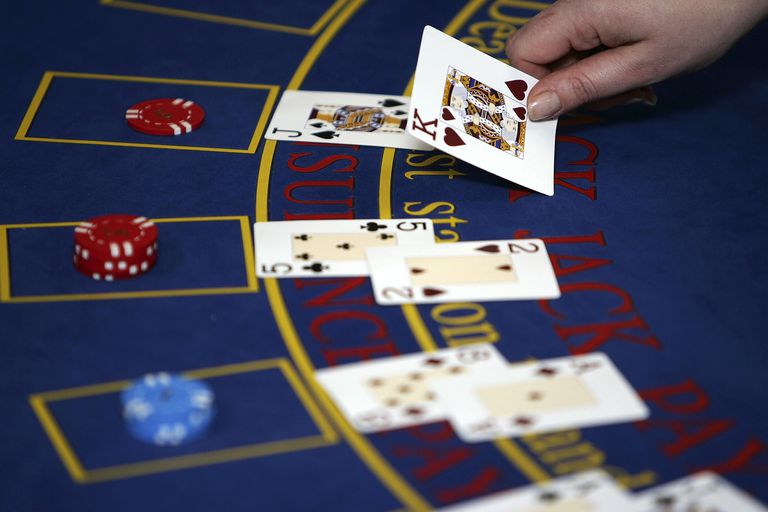Counting cards in blackjack is a sophisticated strategy rooted in mathematics and probability theory. At its core, it capitalizes on the shifting odds as the composition of the deck changes. Understanding the science behind this strategy provides insight into why and how it works.
In a standard deck of 52 cards, there are an equal number of high-value cards (tens and aces) and low-value cards (2 through 6). When a game begins, the ratio is balanced. However, as cards are dealt, the composition of the deck changes. When high cards are depleted, the player’s chances of getting a blackjack decrease, and the dealer’s likelihood of busting diminishes. Conversely, when the deck is rich in high cards, the player has the advantage. This advantage stems from the increased likelihood of being dealt a natural blackjack and the dealer’s increased likelihood of busting when forced to hit on a stiff hand.
To quantify this advantage, card counters use the concept of expected value (EV). Expected value is a statistical measure that represents the average amount a player can expect to win or lose on a particular bet over the long term. In blackjack, a positive EV indicates a favorable situation for the player, while a negative EV favors the dealer.
Card counters keep track of the remaining high cards by assigning them specific values. As mentioned earlier, the Hi-Lo system assigns a value of -1 to high cards and +1 to low cards. By maintaining a running count and dividing it by the estimated number of remaining decks, players obtain the true count. A higher true count signifies a deck rich in high cards, indicating a player advantage.
The science behind counting cards also involves understanding the concept of deck penetration. Deck penetration refers to the percentage of cards that have been dealt before the dealer shuffles. The deeper the penetration, the more reliable the count. A player’s advantage significantly increases with higher deck penetration.
However, it’s crucial to recognize that counting cards successfully demands more than just arithmetic skills. It requires discipline, focus, and the ability to perform calculations under pressure. Casinos are aware of these techniques and employ various countermeasures to thwart card counters, such as reshuffling the deck frequently or asking suspected counters to leave.
In summary, counting cards in blackjack is a strategy deeply rooted in the mathematics of probability. By understanding the shifting odds based on the composition of the deck, players can make informed decisions that increase their chances of winning. While it’s a powerful technique, mastering it requires a combination of mathematical acumen, mental agility, and strategic finesse.

